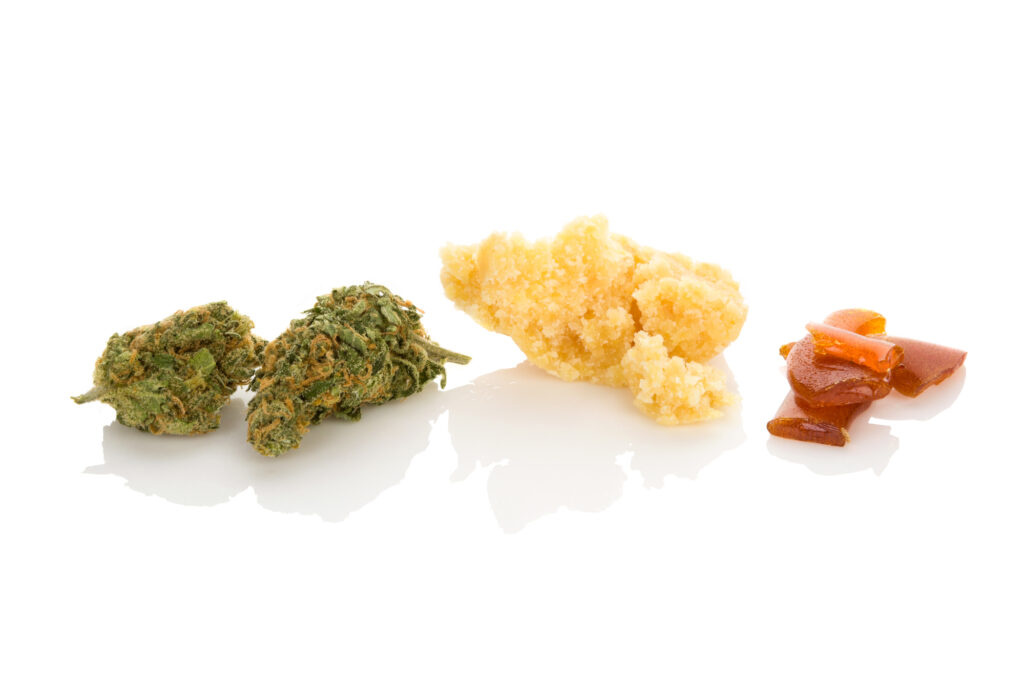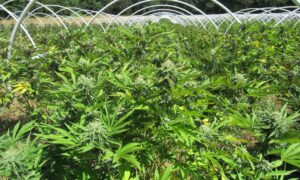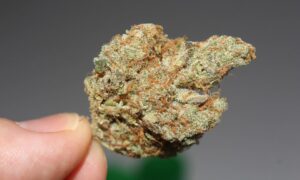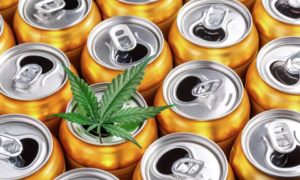Cannabis Concentrates In Washington State: Production, Types, Techniques, And Legality

Concentrates are a cornerstone of modern cannabis consumption
Cannabis concentrates have become a cornerstone of modern cannabis consumption, offering a potent, clean, and diverse way to experience cannabinoids and terpenes. These products, ranging from shatter to wax and live resin, are derived through sophisticated extraction methods that deliver enhanced flavors and intensities for consumers. For both seasoned cannabis users and industry professionals, understanding the nuances of concentrations is essential.
However, questions are frequently entertained as to whether high potency concentrates are safe for consumers, and what if any action Washington lawmakers (as well as lawmakers in other states) will take. Until then, it is business as usual for cannabis concentrate producers, and business is booming. So, let’s take a look at what concentrates are, how they are made, and what products consumers enjoy as a result of this innovative technique for cannabis enjoyment.
What are cannabis concentrates?
Cannabis concentrates are products derived from the cannabis plant that are rich in cannabinoids (such as THC or CBD) and terpenes. These are the components that have psychoactive qualities and make you feel good. By extracting and isolating these compounds from plant material, producers create a variety of potent and flavorful products seen in retail stores in many states where cannabis is legal. Concentrates can vary in consistency, potency, and usage, providing a tailored enjoyment for consumers.
How are cannabis concentrates made?
The production of cannabis concentrates involves either solvent-based or solventless methods, each offering unique advantages to increase potency and resulting in distinct types of concentrates.
Solvent-based extraction
Solvent-based methods use chemicals like hydrocarbons, carbon dioxide, or alcohol to dissolve and isolate cannabinoids and terpenes from plant material. This process requires precise handling and technology to ensure safety and quality. Common solvent-based techniques include:
- Hydrocarbon Extraction: Butane and propane are often used to create products like shatter, wax, and crumble. Hydrocarbons effectively strip cannabinoids and terpenes from the plant but require a closed-loop system for safety due to their flammable nature. Open-loop systems are exposed to the external environment, and when flammable materials are used there is the possibility of unintended combustion. Closed-look systems limit external exposure and are safer, though much more expensive.
- CO2 Extraction: Supercritical CO2 extraction employs carbon dioxide under high pressure to separate compounds. During this process the carbon dioxide changes between a gas, liquid, and solid states. This clean and eco-friendly method is favored for creating versatile products free from residual solvents.
- Ethanol Extraction: Ethanol is used to produce super-concentrates. While effective, ethanol’s polarity may introduce impurities like chlorophyll from the plant, impacting the final product’s quality.
Solventless extraction
Solventless techniques avoid chemicals altogether, relying instead on mechanical processes like heat, pressure, or agitation. These methods are often considered safer and more natural, resulting in products like:
- Rosin: Made by pressing cannabis flower or hash with heat and pressure, rosin is a pure concentrate that retains much of the plant’s natural profile.
- Kief: A simple extraction involving sifting trichomes through a fine mesh to produce a powdery concentrate.
- Bubble Hash: Using ice water and agitation, bubble hash separates trichomes mechanically, creating a high-quality concentrate without solvents.
Types of cannabis concentrates
The result of these extraction processes is an array of products, each with unique characteristics:
- Shatter: A glass-like, brittle concentrate with high potency and a translucent appearance. The main extraction methods for producing shatter are butane and propane, which makes it incredibly potent.
- Wax/Budder: Creamy and pliable, wax offers a smooth texture, making it easy to handle and use as a dab.
- Live Resin: Made from flash-frozen cannabis, live resin preserves the plant’s terpene profile, delivering enhanced flavor and aroma.
- Oil: A versatile concentrate often used in vaping or edibles, cannabis oil can vary in thickness depending on its intended use.
- Caviar/Moonrocks: Buds coated in high-quality resin and rolled in kief, offering an ultra-potent experience.
The evolution of cannabis concentrates
The cannabis industry has come a long way from the rudimentary and sometimes dangerous backyard methods of the past. Modern advancements in extraction technology have led to safer, more efficient, and higher-quality products. From closed-loop hydrocarbon systems to innovations in solventless techniques, producers continue to innovate and elevate the quality and quantity of new cannabis products.
Potency and legality of cannabis concentrates in Washington State
Washington State does not limit the THC concentration in flower and concentrates. In 2022, the average THC concentration for concentrates was 69%. Today, cannabis concentrates generally have a THC range of between 60-90%. According to the Washington State Liquor and Cannabis Board, Kief and hash tend to range from 50-80% THC. These high concentrates allow the effects of cannabis to be felt much more quickly and intensely.
Many have raised concerns that these high concentrations can cause negative metal health impacts, though many consumers feel the benefits outweigh any potential risks. And the consumption of cannabis concentrates has increased dramatically since legalization. Other states limit the potency of THC by product or category or tax them differently, but Washington State does not.
While there has been some call in Washington State to take action on the potency of these products, little has happened. This is partially out of concern that regulating these products would push them into black market territory and do little to remove them from the reach of consumers. Some, including the Washington State Health Care Authority have called for higher taxes on high potency products.
Bills have been proposed in Washington to regulate cannabis concentrates differently than cannabis flower, including one bill that would cap the potency of cannabis concentrates at 30%, and even raise the age for purchasing them. Though this was a bipartisan bill that has been proposed twice over the last two years, it did not gain sufficient traction to pass in 2024.
In support of the bill, lawmakers cite a group of cannabis researchers that concluded “use of cannabis with high THC concentrations increase the chances of developing cannabis use disorder or addiction to cannabis, particularly among adolescents.” And that “high-potency cannabis use can have lifelong mental health consequences.” Despite these concerns cannabis advocates are unpersuaded.
Other earlier research conducted on Washington recreational smokers included cognitive tests after consumers used vaped concentrates, and these results painted a different picture. The researchers found no impact on the users’ decision making compared to the sober group. Nor did they note any substantial metal health consequences in their study. Though there was some indication that memory was altered during and after consumption on some tests, on others there were no significant differences between the cannabis users and the sober control group. The study organizer noted optimism on the widely available concentrates and concluded that it was “encouraging to see that the concentrates did not increase harms.”
Opponents of such regulations proposed in Washington in 2024 aver that such restrictions would create arbitrary differences in cannabis treatment that ultimately hurt consumers, the industry, and medical users.
Conclusion
Cannabis concentrates are at the forefront of the industry’s innovation, blending science, technology, and artistry to create diverse and potent products. For consumers, these products offer a new level of customization and intensity, and cannabis producers are becoming more inventive in their push to increase cannabis potency and reach consumers with products they can enjoy. For the time being, there is little indication that Washington State will actually implement any restrictions on cannabis concentrates, so consumers can keep enjoying this advancement in cannabis science for the time being.
Source: Canna Law Blog


































